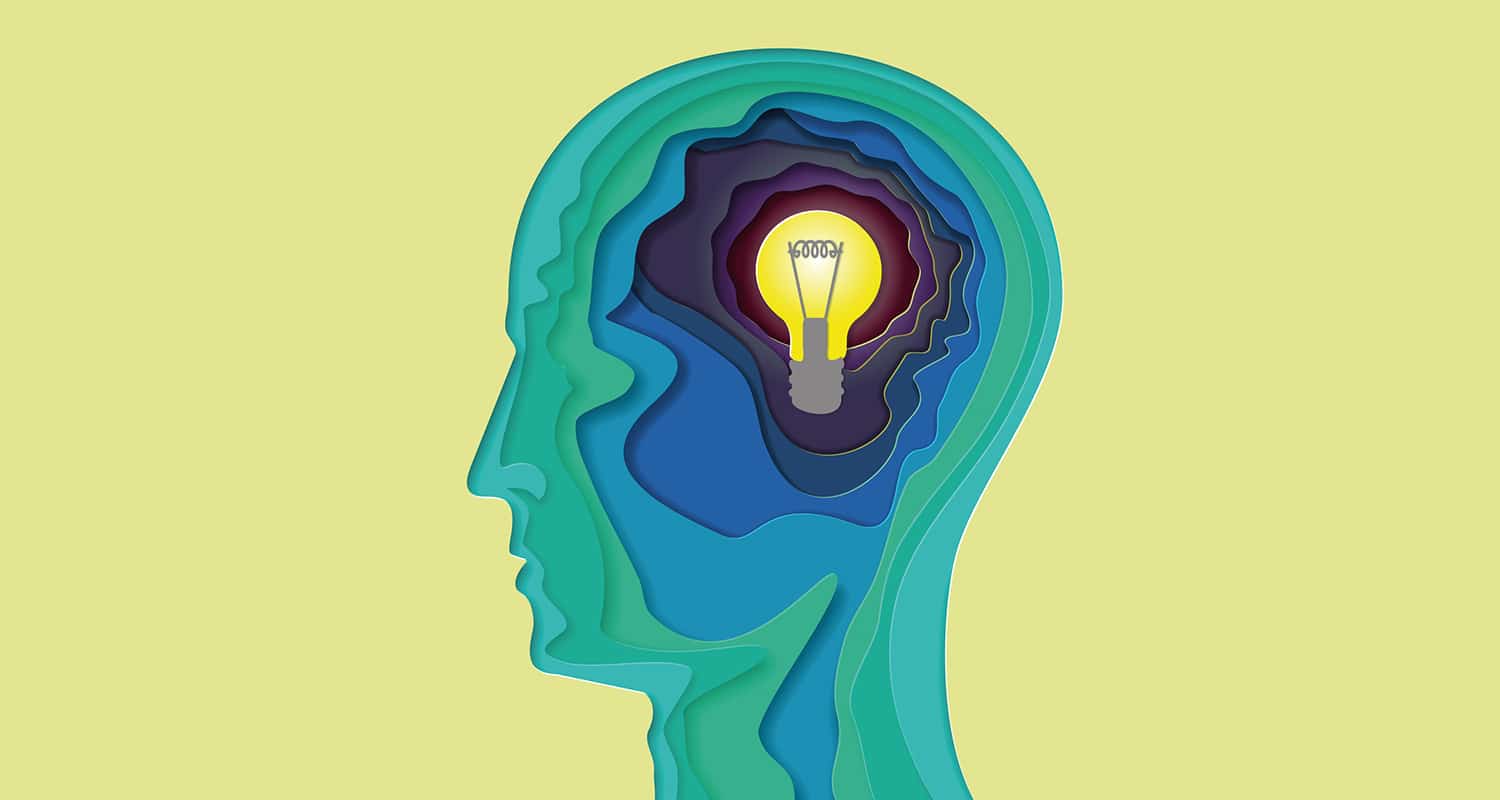
- Negativity fasting can help you break negative thought loops, learn to control your emotions in a healthier way, and become an overall happier, more resilient person.
- Your thoughts have momentum, and if you’re in a negative rut, it can be hard to get out of it. The good news is that positivity has momentum too, and with a little effort, you can break negative thought patterns and replace them with good ones.
- To start a negativity fast, try getting off social media and news for the next week. Learn how to interrupt negative thought loops with positive self-talk, and incorporate a gratitude practice into your daily routine.
In this Bulletproof Radio podcast episode [iTunes], life coach Luke Storey talks about negativity fasting, one of his most useful tools for getting through challenging times.
“[Negativity fasting] is a spiritual practice,” Storey says. “Any time my perception paints something as dark, negative, wrong, bad…[negativity fasting] is deleting that thought, eliminating that thought. I truly believe that reality is created by the thoughts we have.”
Negativity fasting may sound simple, but it’s also powerful. With the right psychological tools, you can gain more control over your thoughts than you might think. Storey has used negativity fasting to hack childhood trauma and drug addiction; today, he’s happier and healthier than he’s ever been.
If you struggle with racing thoughts, anger, depression, or anxiety, negativity fasting might be worth your time. Here’s a step-by-step guide to getting control of negative thoughts.
Related: Unexpected Ways to Build Resilience in 7 Days
The neuroscience of negative thinking
Neuroscientists have a saying: “Neurons (brain cells) that fire together, wire together.”
In other words, the more a certain pathway in your brain lights up, the stronger the connections along that pathway become, and the easier it is for your brain to default to that pathway in the future. With enough repetition, your everyday mental habits become automatic.
Basically, your thoughts have momentum. The more negative your thinking, the easier it is to continue being negative. The opposite is true too, though: positivity leads to more positivity, and also makes you less reactive to negative things.
So while forcing positivity may feel useless at first, it actually makes a difference in the long term. You can fake it until you make it with positivity, and you can use a few other hacks to get rid of negative thought loops and become a happier, more positive person. That’s where negativity fasting comes in.
Negativity fasting: 3 ways to rewire your brain for positivity
Negativity fasting involves cutting negativity out of your life and catching yourself when you start to spiral into a negative thought loop. For the next week, use these three psychological hacks to rewire your brain for positivity.
1. Get off news and social media
Have you ever seen a video of someone standing on a high ledge, looking over it? If so, odds are your palms probably started sweating. Maybe you got that sinking feeling in your stomach.
That happens because your brain isn’t good at differentiating between a real threat and a fake one. We didn’t evolve with videos and pictures; seeing scary things in print or online lights up your amygdala (the emotion and fear center of your brain) almost as much as if the event were happening in front of you. It even happens with words.
To your brain, that car crash on the news feels pretty real. So does the article telling you the country is falling apart. You’re also more likely to remember negative things than you are positive ones. Media companies know this; that’s why the most horrible stories make headlines and positive stories are buried a few pages back.
If you want to reduce negativity in your life, try getting off news and social media for a week. People who dropped social media were happier within days, socialized with friends more, and had less polarized views of the world. Unplug from news and social media for the next week and see if you feel happier.
2. Interrupt negativity with positive self-talk
For the next week, make it a point to watch for negative thought loops. Every time your brain starts spiraling into negativity, notice that it’s happening, then interrupt it with positive thoughts — for example, if you start beating yourself up for falling short at work, interject with something like, “You did your best. How can you do better next time?”
It may sound simplistic and silly, but positive self-talk like that really works. It makes you happier and increases your ability to deal with negativity without letting it overwhelm you. Every time you cut off a negative thought loop and replace it with positive thoughts, you’re weakening the negative pathways in your brain and strengthening the positive ones. Over time, you’ll default more and more toward positivity instead of negativity.
Related: How to Set Goals and Actually Achieve Them
3. Rewire your brain using gratitude
Focusing on the good in your life makes it easier to weather difficult times. When you consciously focus on things for which you’re grateful, you become significantly more resilient to negative events and are happier overall. There are lots of different ways to practice gratitude; for the next week, add one (or several) gratitude practices to your daily routine and pay attention to how you feel.
Negativity fasting is a great way to hack your brain for more positivity. It can be a valuable tool, especially when you’re going through something challenging. Give it a try today.














